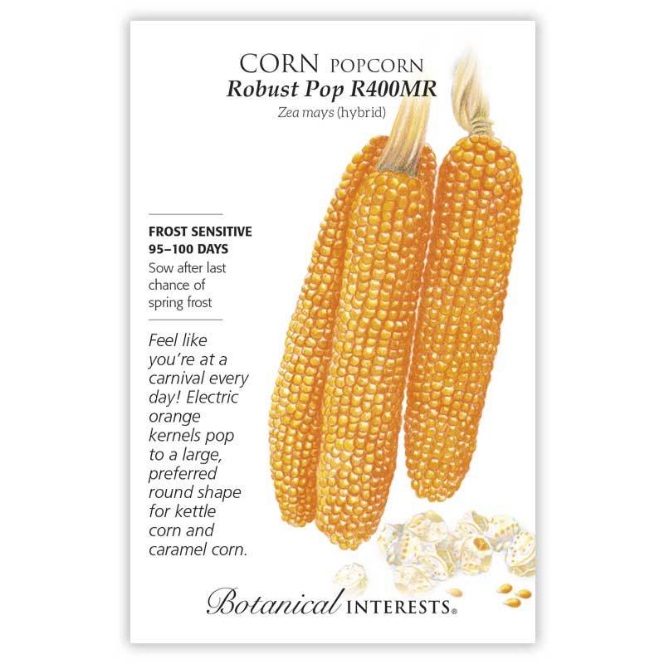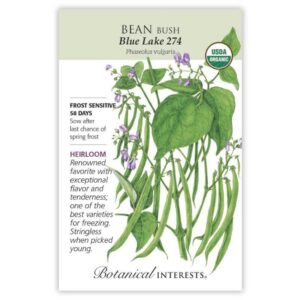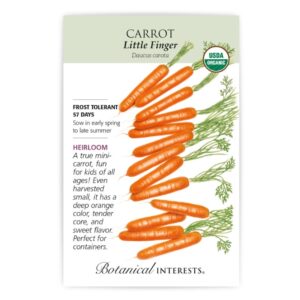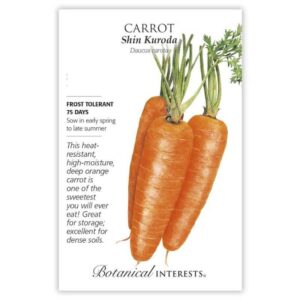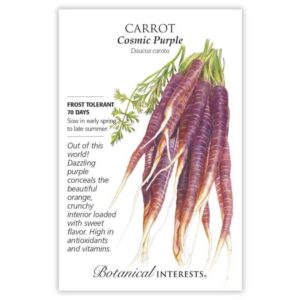Description
Once available only to commercial growers, 'Robust Pop R400MR' popcorn is now available to home gardeners. This unique popcorn produces large, round kernels that pop into a sturdy, mushroom shape, perfect for coating with seasonings or using in recipes like kettle corn, caramel corn, or popcorn balls. Unlike the more common 'butterfly' popcorn, these kernels hold their shape and stay intact. It’s the same popcorn used in Cracker Jacks® and is tolerant to Grass’s wilt disease. Grow your own and enjoy fresh, homemade popcorn straight from your garden.
This packet sows up to 18 feet. 36 seeds.
Variety Info:
Botanical Name: Zea mays (hybrid)
Days to Maturity: 95–100 days
Family: Poaceae
Native: Americas
Hardiness: Frost-sensitive annual
Plant Dimensions: 6'–7' tall
Variety Information: 7″–8″ ears with yellow kernels that dry to a rich orange color. It has pearl shaped kernels and about 80% of them will have a round, mushroom shape when popped. Tolerant to Grass's wilt disease.
Type: Flint (Learn More)
Attributes: Disease Resistant
Sowing Info:
When to Sow Outside: RECOMMENDED. 1 to 2 weeks after your average last frost date, and when soil temperature is at least 60°F, ideally 65°–90°F
When to Start Inside: Not recommended; roots sensitive to transplanting. Best results occur when seedlings are transplanted less than 2 weeks old.
Days to Emerge: 5–10 days
Seed Depth: 1″–1 ½”
Seed Spacing: A group of 2 seeds every 12″
Row Spacing: 24″–36″
Thinning: When 4″ tall, thin to 1 every 12″
Growing Info:
Harvesting: Let the ears dry on the stalks. The kernels are ready for harvest when they are hard and you can no longer leave a mark on them with your fingernail. Before the first fall frost, give each ear a twist until it breaks off. Peel back the husks, then hang the ears in a cool, dark, dry place for 4 to 6 weeks to cure. This is important to prevent mold and to dry to the optimal moisture percentage for popping. (In a perfect popcorn world, that would be 13½–14%.) After that, the cobs are ready for popping or storing. To strip off cured kernels, twist the cobs back and forth to loosen them (gloves are recommended).
